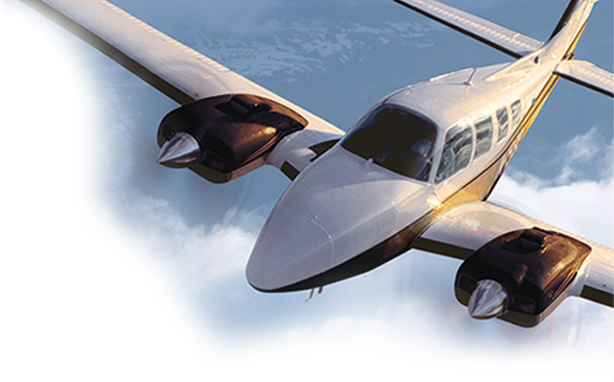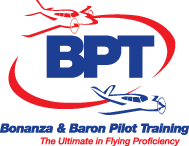1. The maximum authorized indicated airspeed for flight beneath the lateral limits of a Class B airspace area, or in a VFR corridor designated through a Class B airspace area is:
A. 156 knots
B. 180 knots
C. 200 knots
D. 250 knots
2. The wind at 5,000 feet AGL is southwesterly, while the surface wind is southerly. This difference in direction is primarily due to:
A. Friction between the wind and the surface
B. Stronger pressure gradient at higher altitudes
C. Stronger Coriolis force at the surface
3. What is not required information for your VFR flight plan?
A. Cruising altitude
B. Type of aircraft
C. Names of the passengers
D. Any information that the pilot in command believes is necessary for ATC purposes
4. You may not operate an airplane within Class D or controlled airspace to the surface at night under special VFR unless:
A. A certified flight instructor is on board
B. The flight visibility is at least 3 miles
C. The flight can be conducted 500 feet below the clouds
D. You have a current instrument rating and the airplane is equipped for instrument flight
5. True or false: Generally, ADS-B is required to fly above or under a shelf of Class B airspace and ADS-B is required to fly above [but not under] Class C airspace.
6. Your NAV 2 radio fails while you are enroute on an IFR flight plan. You are in visual conditions and it looks like you will be for the remainder of the flight. You are using GPS and you don’t plan to use your NAV 2 radio for the fight. Do you need to notify ATC?
A. No, you are in visual conditions
B. Yes
C. No, because you don’t plan to use the NAV 2 radio
Answers:1. C; 2. A; 3. C; 4. D; 5. True; 6. B



